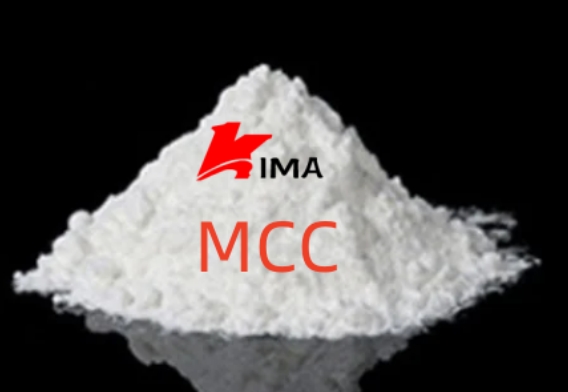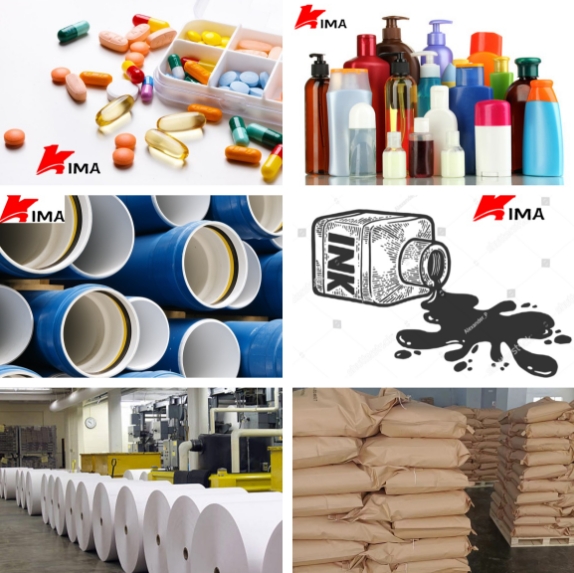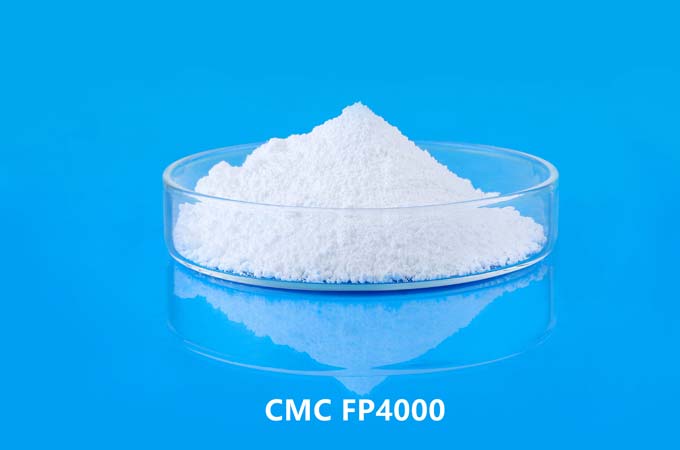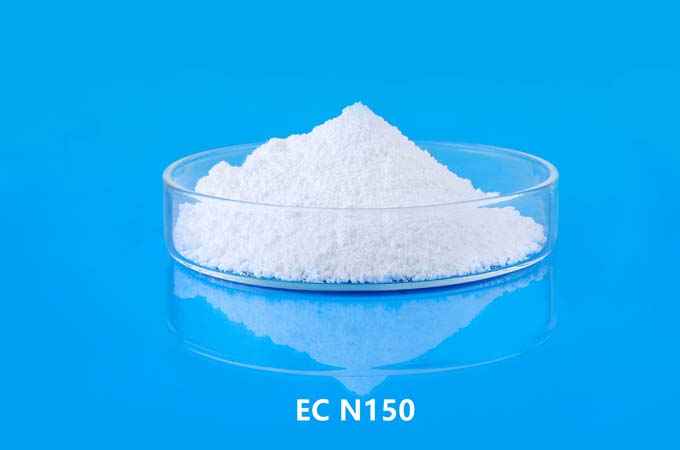Microcrystalline cellulose (MCC) is a white, tasteless, odorless powder or granular substance obtained by partial hydrolysis of natural cellulose. It has good compressibility, dispersibility and biocompatibility. It has a wide range of application value in many industries such as medicine, food, cosmetics, and chemicals, especially in products that require thickening, stabilization, excipients or suspension properties.

1. Application in the pharmaceutical field
1.1. Tablet excipients and binders
Microcrystalline cellulose is one of the most commonly used direct compression excipients, which can improve the mechanical strength of tablets, enhance compression performance, and make tablets firm and not brittle. MCC can also be compatible with a variety of active ingredients to maintain uniform distribution of ingredients and improve the consistency and stability of drugs.
1.2. Disintegrants
MCC has excellent water absorption and swelling properties. It can quickly absorb water, swell and crack, so that tablets quickly disintegrate after oral administration, which is conducive to the rapid exertion of drug efficacy.
1.3. Capsule filler
In hard capsule dosage forms, microcrystalline cellulose is often used as a diluent to increase the density of capsule filling and reduce weight differences.
1.4. Controlled release carrier
In controlled-release and sustained-release preparations, MCC is often used in coating layers or compounded with other polymers to regulate the drug release rate.
2. Application in the food industry
2.1. Dietary fiber supplement
MCC is an insoluble dietary fiber that can promote gastrointestinal motility and enhance satiety. It is widely used in health foods and weight loss foods.
2.2. Anticaking agents and stabilizers
MCC is used in powders that are easy to agglomerate, such as milk powder, spice powder, and powdered sugar. It has excellent anti-caking effects and keeps the product loose and fluid.
2.3. Low-fat substitutes
Because MCC has good emulsification and suspension effects, it can replace part of the fat in low-fat foods to improve taste and structure. It is often used in salad dressings, ice cream and baked goods.
2.4. Emulsifiers and thickeners
In liquid foods, microcrystalline cellulose can form a stable suspension, enhance the emulsification of beverages, and make juices, milk drinks, etc. taste smoother.
3. Application in cosmetics and personal care products
3.1. Thickeners and stabilizers
In products such as creams, lotions, shampoos, toothpastes, etc., MCC can be used as a natural thickener to make the product moderately thick and non-greasy.
3.2. Exfoliating particles
Some granular microcrystalline cellulose can be used as a physical exfoliating ingredient to replace plastic microbeads, which is in line with the environmental protection trend.
3.3. Suspending agent
In cosmetics containing powder particles such as base makeup products, MCC helps to evenly distribute the powder and prevent precipitation or stratification.

4. Other industrial applications
4.1. Plastic and rubber fillers
In plastics and rubber, MCC, as a green and environmentally friendly filler, not only improves material strength, but also reduces costs and improves degradability.
4.2. Papermaking Industry
As a reinforcing agent and water repellent, MCC can improve paper strength, flexibility and printing performance.
4.3. Coatings and inks
MCC can improve the consistency and coating properties in water-based coatings, make the coating evenly distributed on the surface, and enhance the film quality.
4.4. 3D printing materials
In recent years, microcrystalline cellulose, as a natural polymer material, has been used to develop degradable 3D printing filaments, which are both plastic and environmentally friendly.
5. Environmental protection and sustainable development advantages
Microcrystalline cellulose is derived from renewable plant resources, such as wood, cotton, bamboo, etc. The production process is environmentally friendly, non-toxic, and residue-free, which is in line with the concept of sustainable development. It can replace some petrochemical materials in many fields, which is conducive to reducing carbon emissions and plastic pollution.
With its versatility, good processing performance and excellent biosafety, microcrystalline cellulose has become an indispensable functional material in all walks of life. In the future, with the development of green manufacturing and bio-based materials, the application prospects of microcrystalline cellulose in high-end medicine, smart food, biodegradable materials and other fields will be broader.
 English
English 日本語
日本語 français
français Deutsch
Deutsch Español
Español italiano
italiano русский
русский português
português العربية
العربية Türkçe
Türkçe Nederland
Nederland





